Forage grasses
We sell seeds of Russian origin: Meadow Fescue (Festuca pratensis), Smooth Brome (Bromus inermis), Orchardgrass (Dactylis glomerata), Crested wheatgrass (Agropyron pectiniforme), Timothy (Phleum pratense), Festulolium (X Festulolium), Annual & Perennial Ryegrass (Lolium multiflorum & Lolium perenne).
If you are looking for best forage buy our forage grasses seed. They may be used for feeding livestock and applied in soil erosion control programs.
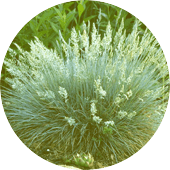
Meadow Fescue (Festuca pratensis)
Fescue grass is a perennial plant with cereals 20-140 centimetres tall. It best grows in sunny, warm or hot dry places. Young plants are cold resistant. Second and third year plants begin to fade from the root mat. Soil should be moderately dry, well scarified. Good draining is needed. Fescue grass is not water resistant. It is pasture and nutritious livestock feed. It is often used in soil erosion control programs because it is easily established on bare ground, outcompetes other plants and persists over a few years.
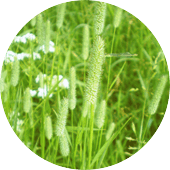
Timothy (Phleum pratense)
Phleum is an important forage plant. Its advantage is high quality greenery and its abundance. However, the plant quickly ‘stiffens’ and is not suitable for feeding livestock. Cows tend to eat young plants a lot, hay is very nutricious. It is cold and humidity resistant, can grow in heavy soil. It is even used to dry peatbogs. Phleum may be sown with clover, 12 kg/1ha or without 16 kg/1ha. Seeding is better in early spring. The first cut is in the second year.
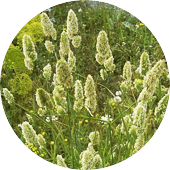
Orchardgrass (Dactylis glomerata)
Dactylis is a perennial grass with planting in late May, blossom time in June-August, harvesting July-September. Dense tussocks grow to 15-140 centimetres tall. It requires 2-3 cuts a year. It is a good forage for cattle. It easily restores after cuts but is not wet resistant and grows in scarified soil. Best harvesting is in the second, third and fourth year. Grass stand is 7-10 years. Seeding is 20kg/1ha.
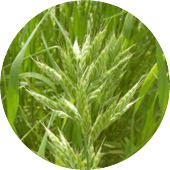
Smooth Brome (Bromus inermis)
Bromus is an excellent forage grass, it has a lot of leaves which makes it good feed for most livestock. Protein is 23-24,4%, in blossom time – 11,7-12%. Salt, acidic and swampy lands are not good for the grass, however, one of its key advantages is that it can stay covered with spring flooding for 40-50 days. Its growth peak is second and third year. Grass stand is 8-10 years. It is cold and drought resistant. Seeding is from 10-16 kg/ha. Bromus easily restores after cuts and trumpling. It combines well with alfalfa and milk vetch.
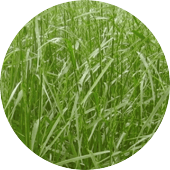
Festulolium (X Festulolium)
Festulolium is not a natural grass. It is a hybrid of ryegrass and fescue. It is an improved forage crop with more than 10 sorts. The hybrid is more resistant to multiple cuts (more than 6 in a season) than fescue, is greener and although it has almost the same grass stand it has more nutricious elements than fescue grass such as protein, saccharum and carotene. It is great for forage and land reclamation.
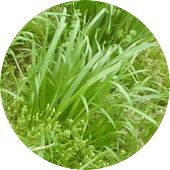
Annual Ryegrass (Lolium multiflorum) & Perennial Ryegrass (Lolium perenne)
Annual Ryegrass is a fast-ripening grass used as green forage and is made into hay, haylage, silage and grass meal. It grows intensively, quickly restores after cutting and accumulates green mass. For 3-4 cuts it may give green mass over 400 centners/1 ha. It germinates under 2-4C and is cold resistant. It grows well in humid soil and in shadow. Perennial Ryegrass is not resistant to drought, long floods, snowless winters, spring frosts. Moderate irrigation is good unlike high level of groundwater. It may be sown in dense soil. Perennial Ryegrass is used as nutritious livestock feed. It may give 50 centners/1 ha after two cuts.
